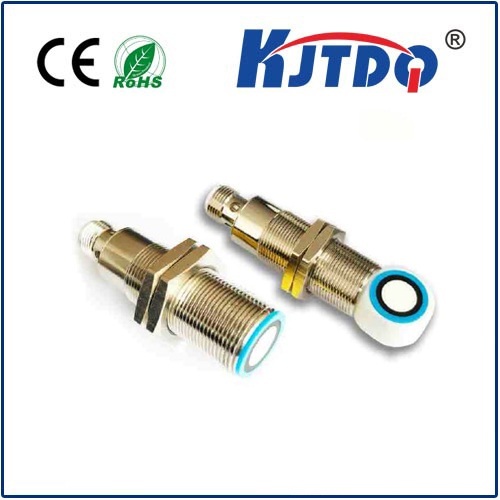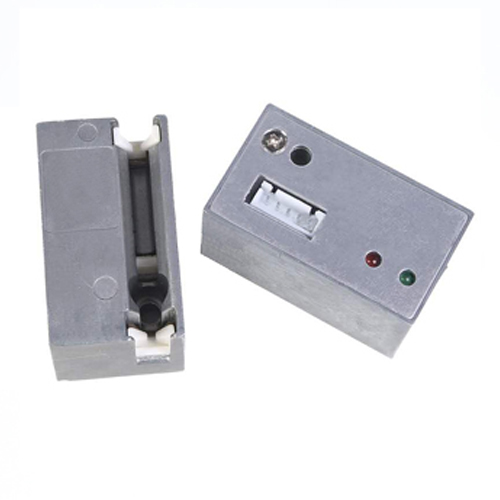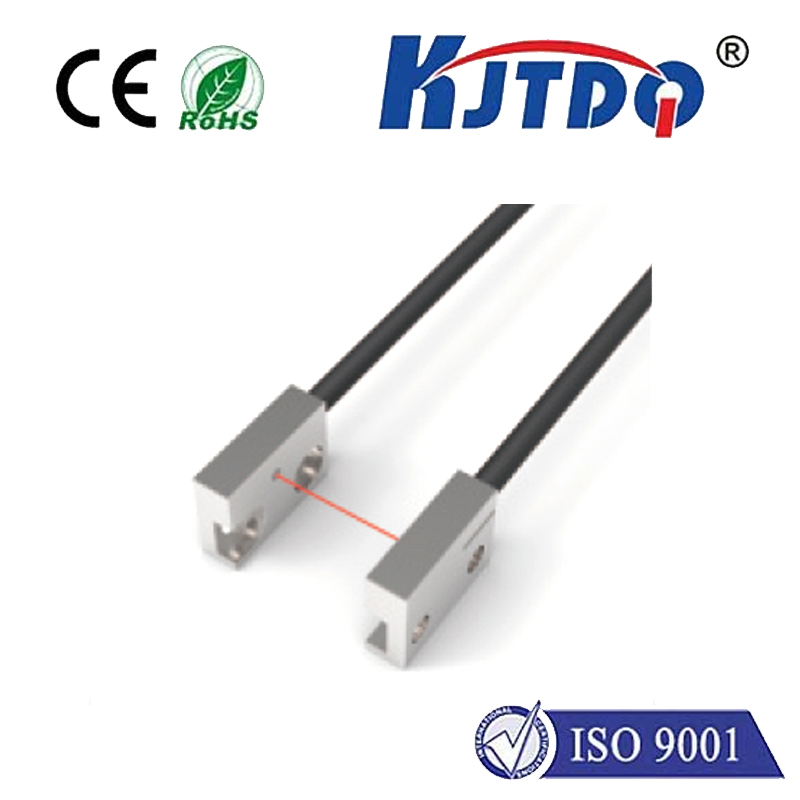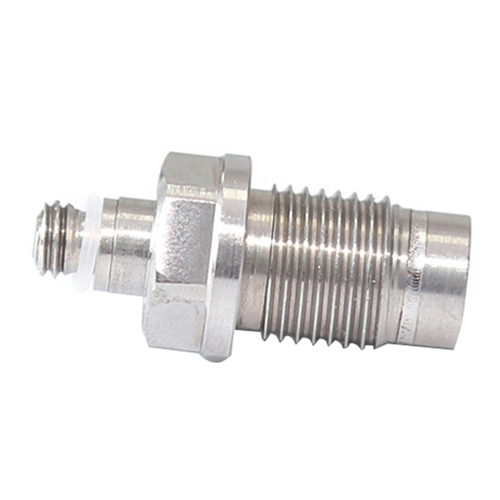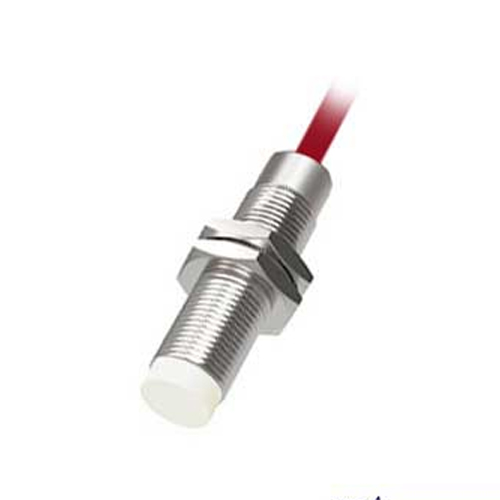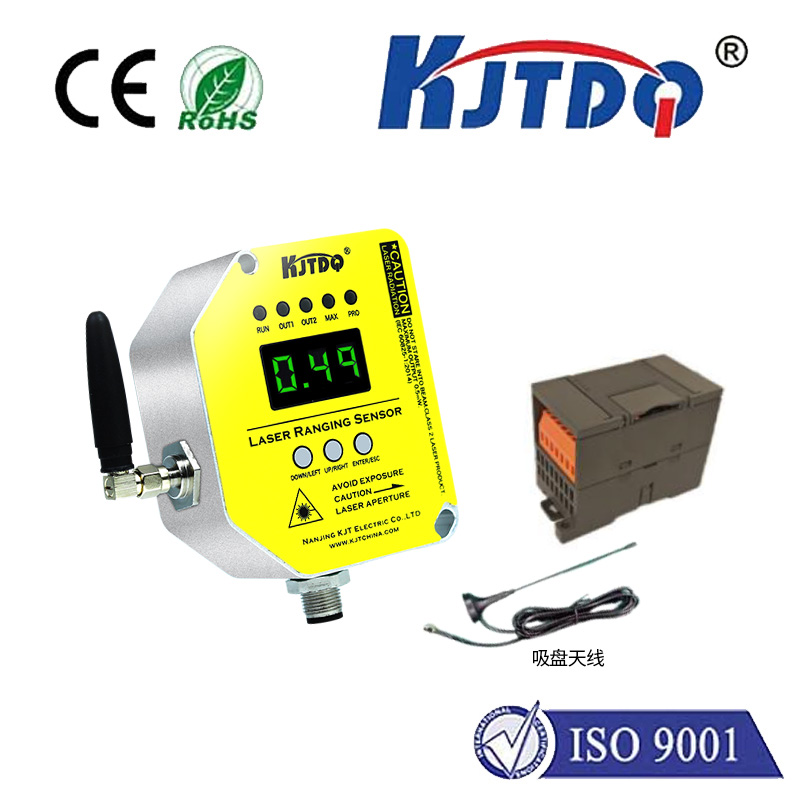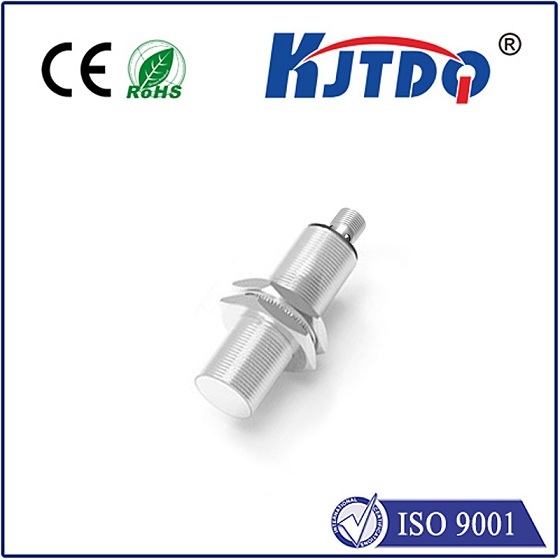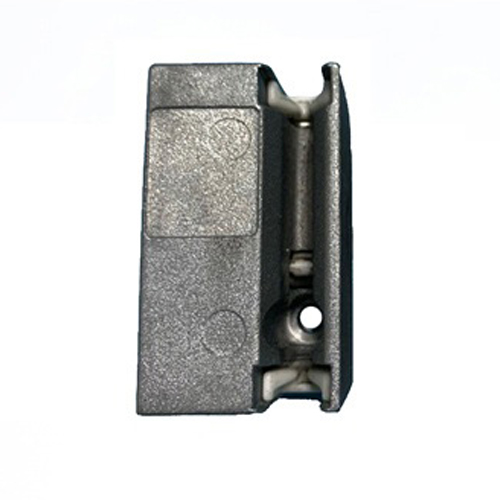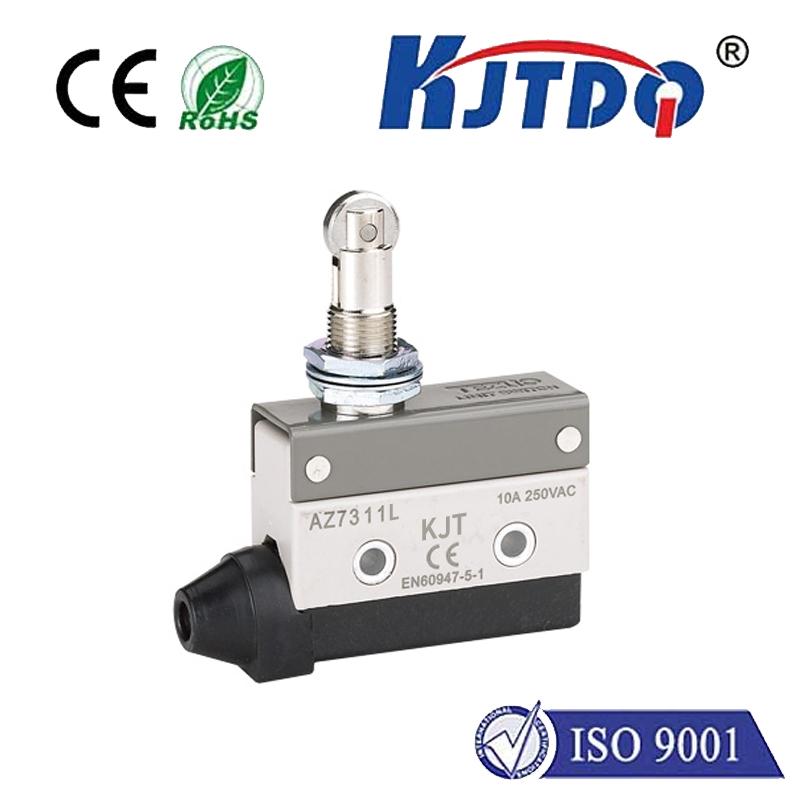

check

check

check

check

check

check

check

check

check

check
Title: Revolutionizing Industry with Wireless Photoelectric Sensors
The emergence of wireless photoelectric sensors has brought about a revolutionary change in various industries. These sensors, which operate without the need for physical connections, have opened up new possibilities for monitoring and control applications. In this article, we will explore the features, benefits, and applications of wireless photoelectric sensors, and how they are revolutionizing the industrial landscape.

Wireless photoelectric sensors are devices that use light to detect objects or measure distances. They consist of an emitter and a receiver, which are separated by a certain distance. The emitter emits light beams that are interrupted by the object being detected, and the receiver measures the amount of light received to determine the presence or absence of the object. Unlike traditional wired sensors, wireless photoelectric sensors transmit data through radio waves, eliminating the need for cables and wires.
One of the main advantages of wireless photoelectric sensors is their flexibility and ease of installation. Since there are no cables involved, these sensors can be quickly and easily mounted on machinery, equipment, or structures without the need for complex wiring. This not only saves time and effort during installation but also reduces maintenance costs in the long run. Moreover, wireless photoelectric sensors can be installed in areas where it is difficult or impossible to run cables, such as in hazardous environments or on moving machinery.
Another benefit of wireless photoelectric sensors is their ability to provide real-time monitoring and control. With traditional wired sensors, data must be transmitted through cables to a central processing unit, which can cause delays in data transmission and processing. In contrast, wireless photoelectric sensors can transmit data directly to a controller or computer system in real-time, allowing for immediate responses to changes in conditions. This is particularly useful in applications where rapid response is critical, such as in safety systems or process control.
Wireless photoelectric sensors have numerous applications across various industries. In manufacturing and production lines, they can be used for counting products, detecting defects, and ensuring proper product placement. In logistics and warehouses, they can be used for inventory management, tracking shipments, and preventing accidents caused by forklifts or other vehicles. In construction sites, they can be used for monitoring worker safety and ensuring compliance with regulations. Additionally, wireless photoelectric sensors can be integrated into smart homes and buildings for security and automation purposes.
In conclusion, wireless photoelectric sensors offer numerous advantages over traditional wired sensors. Their flexibility, ease of installation, and ability to provide real-time monitoring and control make them ideal for a wide range of applications. As technology continues to advance, we can expect even more innovative uses for these sensors in various industries. With wireless photoelectric sensors leading the way, the future looks bright for industrial automation and control.
